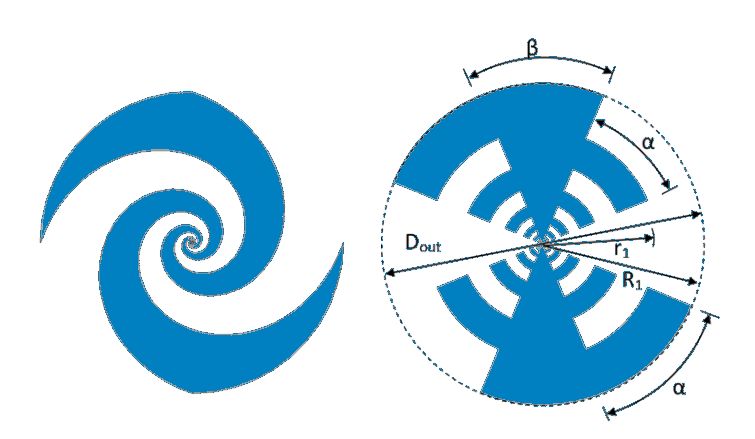
LEARNING OUTCOMES
After successful completion of this course, the student can:
- Explain the fields and modes inside waveguides and calculate wave propagation parameters.
- Select the appropriate waveguide for a given application.
- Understand the working principles of direct detection.
- Explain how THz radiation is generated and detected via photonic means.
- Understand how the imaging applications benefit from THz technology and how application requirements drive technology development.
- Explain some basic THz electronic devices.
- Explain the operation of some basic THz antennas and quasi-optical components.
- Explain the relevant measurement techniques at THz frequencies.
Credits: 5
Schedule: 16.04.2024 - 04.06.2024
Teacher in charge (valid for whole curriculum period):
Teacher in charge (applies in this implementation): Juha Ala-Laurinaho, Juha Mallat, Aleksi Tamminen, Zachary Taylor
Contact information for the course (applies in this implementation):
CEFR level (valid for whole curriculum period):
Language of instruction and studies (applies in this implementation):
Teaching language: English. Languages of study attainment: English
CONTENT, ASSESSMENT AND WORKLOAD
Content
valid for whole curriculum period:
The lecture topics cover generation of THz radiation (0.1 - 10 THz) with electronic and photonic means, antennas, waveguiding, quasioptics, detection, measurement techniques, and applications.
- Hollow rectangular and circular waveguides
- Direct detection concepts
- THz multipliers, mixers, and amplifiers
- THz antennas and quasioptics
- Photonic THz technologies
- Measurements with a vector-network analyzer
- THz material characterization
- Antenna measurements
- THz imaging and medical imaging
Assessment Methods and Criteria
valid for whole curriculum period:
Homework exercises, laboratory exercise(s), seminar presentation, and final exam.
Workload
valid for whole curriculum period:
Contact hours 36 h (4 h + 2 h per week, 6 weeks). Independent work 99 h.
DETAILS
Study Material
valid for whole curriculum period:
G. Carpintero, L.E. Garcia Munoz, S. Preu, H. Hartnagel, and A.V. Räisänen (eds.), "Semiconductor THz Technology: From Components to Systems", John Wiley & Sons, 2015, 450 pages.
Paul F. Goldsmith, "Quasioptical Systems: Gaussian Beam Quasioptical Propogation and Applications" Wiley-IEEE Press, 1997, 432 Pages.
Substitutes for Courses
valid for whole curriculum period:
Prerequisites
valid for whole curriculum period:
SDG: Sustainable Development Goals
3 Good Health and Well-being
4 Quality Education
13 Climate Action
FURTHER INFORMATION
Further Information
valid for whole curriculum period:
Teaching Language : English
Teaching Period : 2022-2023 No teaching
2023-2024 Spring VEnrollment :
Registration for Courses on Sisu (sisu.aalto.fi).
